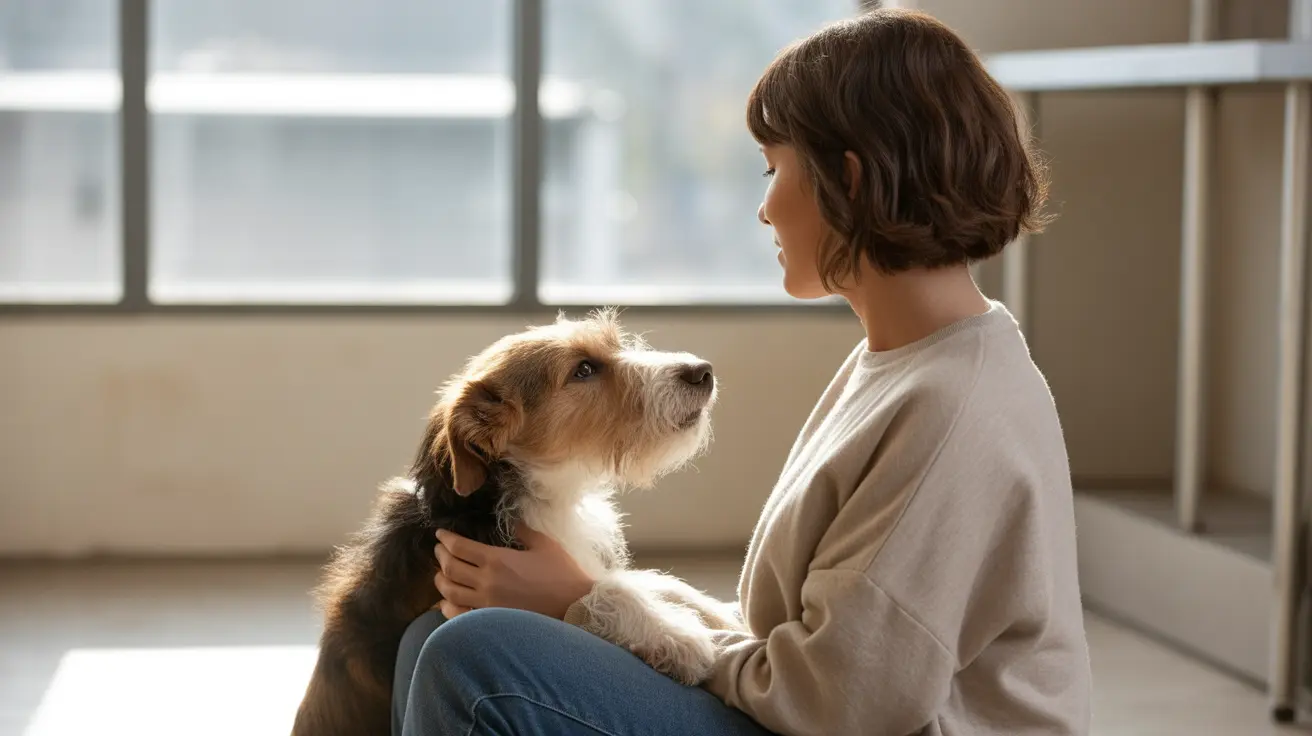Understanding the Root Cause of Separation Anxiety in Dogs
Separation anxiety in dogs is a widespread behavioral issue characterized by intense distress when a dog is left alone or separated from their primary guardian. Recognizing the underlying causes and symptoms is vital for effective intervention and nurturing a calmer, happier pet.
What Triggers Separation Anxiety?
Separation anxiety stems not from disobedience or spite but from genuine emotional distress. Several contributing factors include:
- Change in guardian or family structure: For example, dogs adopted from shelters or rehomed dogs may develop anxiety after forming a deep attachment with a new caregiver.
- Change in routine or schedule: Dogs thrive on consistency. A sudden change in daily patterns, such as a new job schedule or school year, can trigger anxiety.
- Moving to a new residence: New environments come with unfamiliar sights, sounds, and routines, which can be overwhelming.
- Loss of a household member: The emotional void left by a departed companion (human or animal) can induce stress.
These core disruptions can make a dog feel insecure and lead them to react with extreme behaviors when left alone.
Common Symptoms of Separation Anxiety
Dogs show their anxiety through a spectrum of signs, which may include:
- Excessive barking or howling
- Urinating or defecating indoors
- Chewing, digging, or scratching at doors and windows
- Attempting escape, potentially leading to injury
- Drooling, trembling, pacing, or sweaty paw prints
Take note: These behaviors manifest only when the dog is left alone. If they occur in your presence, they may stem from other issues like improper training or medical complications.
Hidden Symptoms That Might Go Unnoticed
Not all dogs reveal their anxiety overtly. Some may hide their stress until observed. Using a video camera can uncover subtle signs like:
- Continuous pacing or staring at the door
- Quiet whining or restlessness
- Refusal to eat while alone
Ruling Out Medical Issues
Before initiating behavior modification techniques, rule out medical concerns that could mimic anxiety, such as:
- Urinary tract infections
- Incontinence
- Side effects of medication
Effective Strategies for Treatment
The gold standard for managing separation anxiety is gradual desensitization. This strategy helps dogs build a sense of safety during their guardian’s absence.
- Measure Your Dog’s Threshold: Using a monitoring device, determine how long your dog remains calm when alone. This becomes your baseline.
- Create a Desensitization Plan: Start with ultrashort departures. Increase time away gradually, ensuring your dog stays below their anxiety threshold.
- Neutralize Departure Cues: Practice departure routines (e.g., grabbing keys) without actually leaving to reduce anticipatory stress.
- Conduct Practice Sessions: Vary durations and use warm-up and cool-down periods before and after absences. Keep sessions consistent and brief.
- Monitor Progress and Adjust: If anxiety symptoms recur, scale back temporarily and proceed more slowly next time.
Supporting a Dog Through Recovery
- Maintain Consistency: Avoid absences longer than your dog can tolerate until they can handle extended times alone.
- Stay Emotionally Neutral: Keep greetings and farewells calm to prevent reinforcing anxious behaviors.
- Provide Stimulation: Physical exercise and mental enrichment reduce restlessness. Use puzzle toys and interactive feeders where appropriate.
- Try Crate or Zone Confinement: Some dogs relax in crates, while others find them stressful. Monitor reactions and adjust accordingly.
- Avoid Punishment: Corrective actions tend to worsen anxiety. Focus on positive reinforcement and empathy instead.
When to Seek Professional Help
In some cases, progression may stall or symptoms become severe. A certified trainer or veterinary behaviorist can tailor a plan and recommend medications—such as fluoxetine or trazodone—that facilitate more effective training.
Early Intervention and Prevention
Puppies benefit greatly from early training in independence. Owners should promote:
- Short, consistent separations
- Crate training and independent play
- Routine development and structured reinforcement
Conclusion
The root cause of separation anxiety is an emotional response to perceived abandonment, often linked to abrupt environmental or social changes. Through structured support, gradual desensitization, and an empathetic approach, most dogs can learn to feel safe during solo periods, ensuring wellbeing for both the pet and their guardian.





